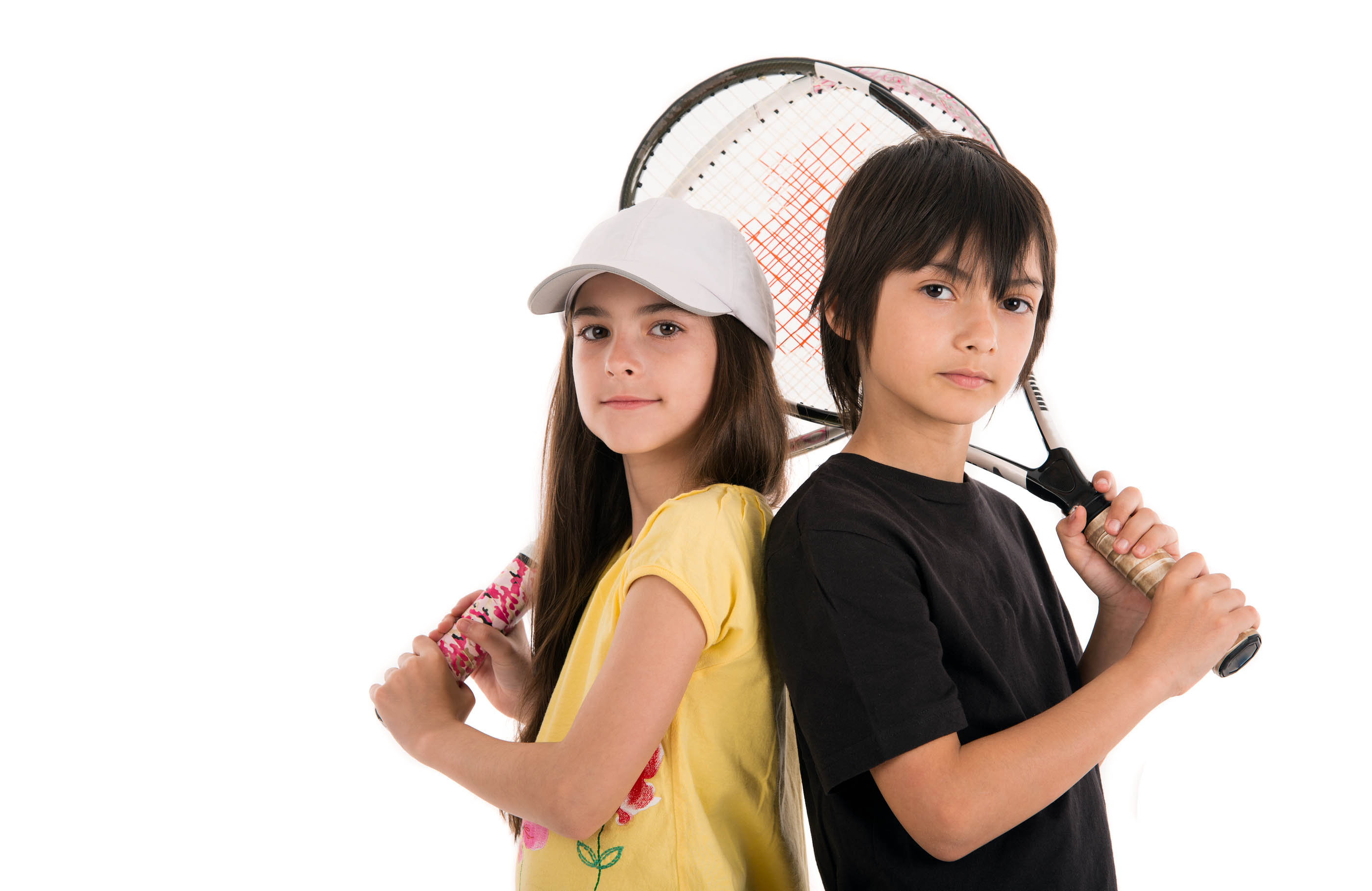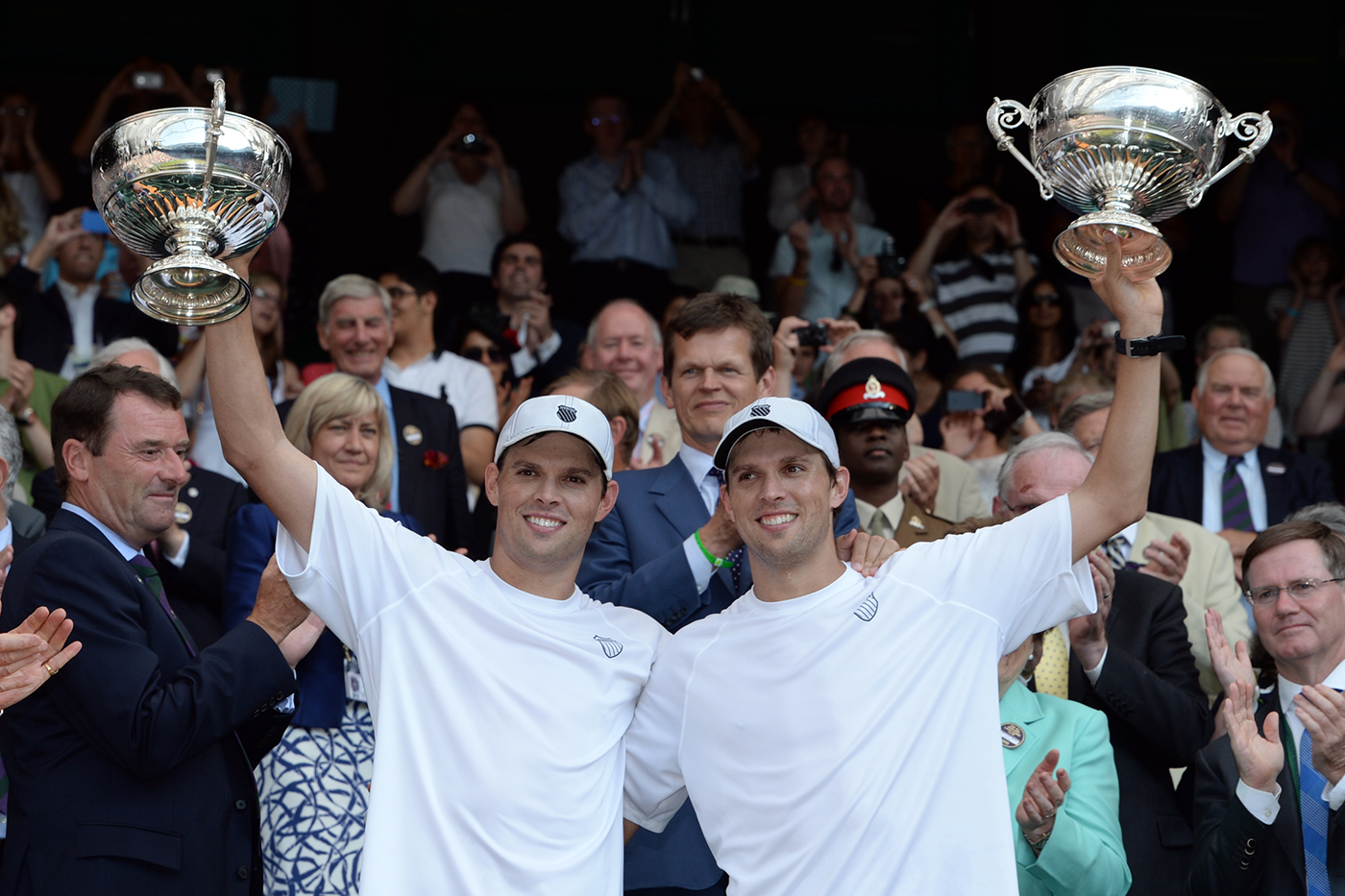It’s no secret; being a “klutz” doesn’t feel good.
Close to 1 in every 10 children have noticeable trouble with hand-eye coordination and, in most cases, these problems don’t go away by themselves. Studies have shown that almost half of the kids who have problems at age 5 still have them at age 9.
The term hand-eye coordination is your body’s way of processing information through the eyes, then using it to direct the movements of the hands. Hand-eye coordination starts developing in infancy, and is needed for everyday tasks like getting dressed, eating, handwriting, and tying your shoes.
Being a klutz can have profound social and even academic implications as a child enters elementary school and continues into adolescence. It interferes with social relationships and often decreases preadolescents’ self-esteem, especially among boys.
But there’s good news. Although it’s primarily instinctive, parents can aid in the development and progression of hand-eye coordination with fun, stimulating games – like tennis!
Playing tennis involves several skills that all contribute to good hand-eye coordination.
Agility Agility refers to the ability to quickly change your body’s position and move in opposing directions in an efficient and effective manner. Tennis is comprised of side to side, up and back, and diagonal movement. This constant change in direction forces the body to learn to adapt its movement to get in position to hit the ball.
Balance Balance is being able to maintain equilibrium, or control your body’s position in space. It is one of the most important aspects of learning tennis because you have to be in the correct position to hit the ball. On top of good footwork, you also have to be balanced once you get to the ball to swing the racket and make contact.
Coordination Coordination incorporates senses such as sight and hearing in conjunction with body parts to perform tasks accurately and efficiently. Not only is your body moving in all different directions while playing tennis, but you have to be able to swing a racket and hit the ball at the same time.
Speed and Reaction Time Speed is how fast you can complete a movement or task within a short period of time, while reaction time, a subcomponent of speed, refers to the time it takes to respond. Both are big components of tennis because you need to be fast and be able to react quickly to the ball coming at you.
Get your kid involved with tennis to develop the skills above that will lead to good hand-eye coordination.
If your child is having trouble with his or her hand-eye coordination, schedule a private tennis lesson. Chances are that they are already embarrassed about their lack of skills. One-on-one lessons will allow them to get 100% attention and the opportunity to progress at their own pace with no one watching or judging.
What are you waiting for? Find a pro near you who will turn your “klutz” into a coordinated kid.


